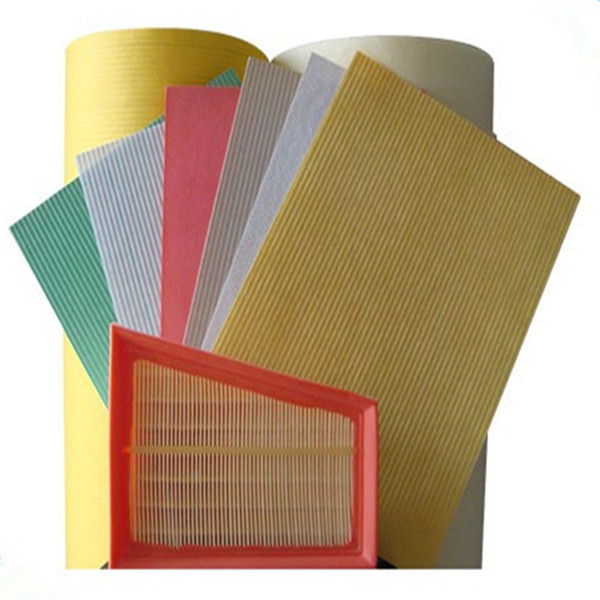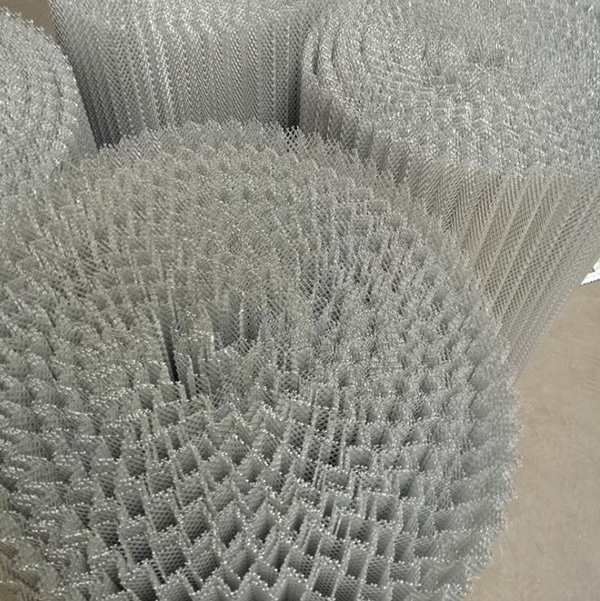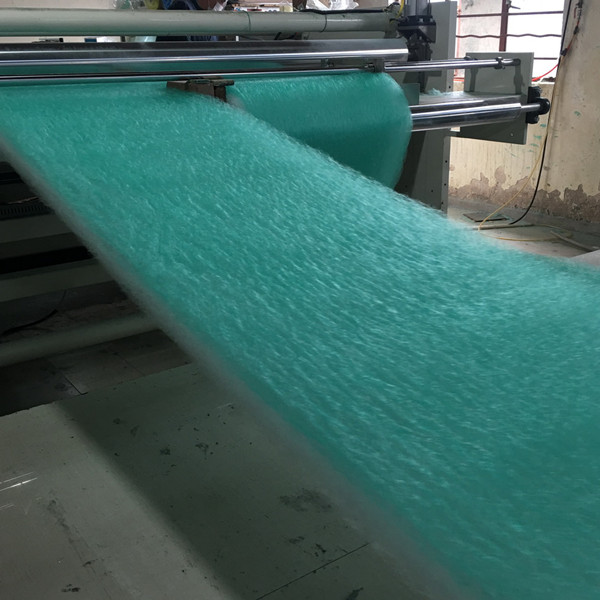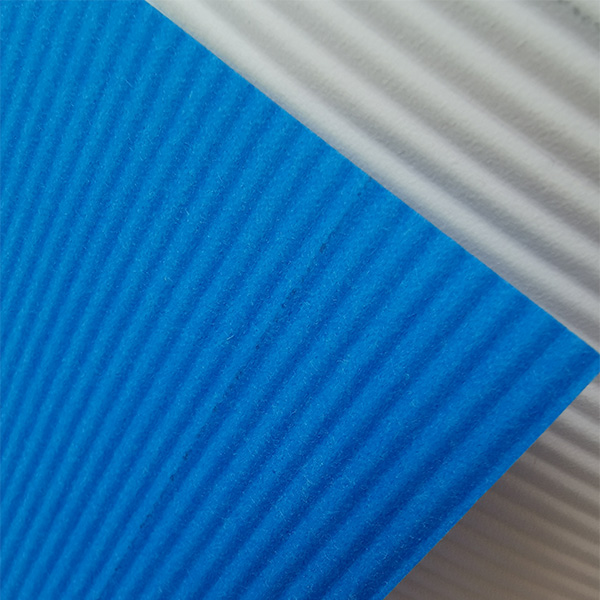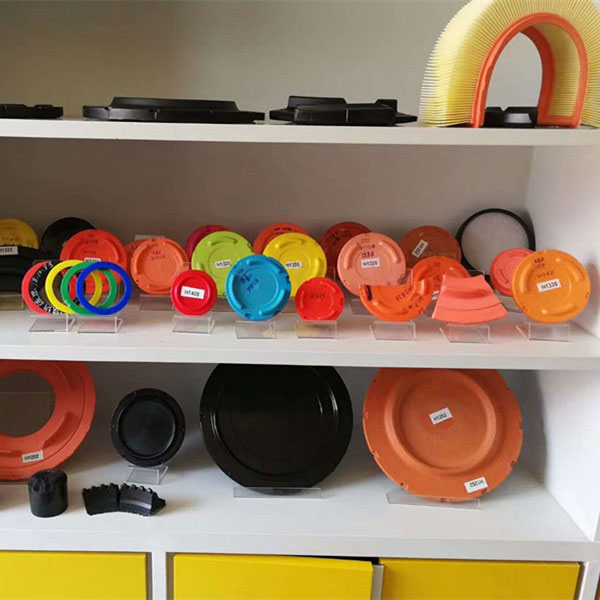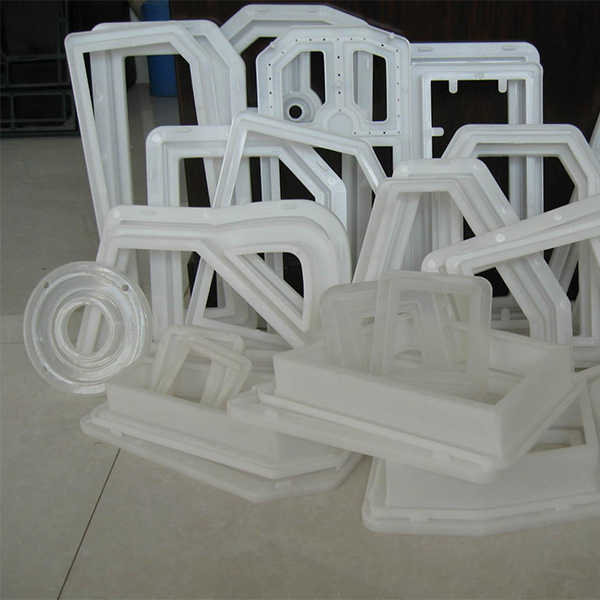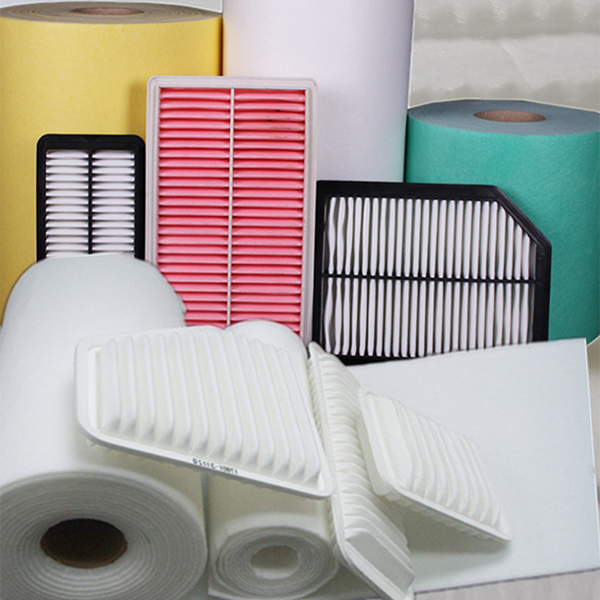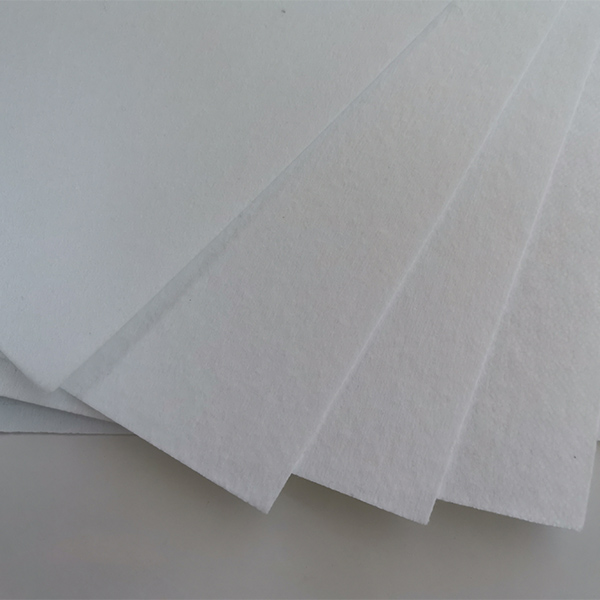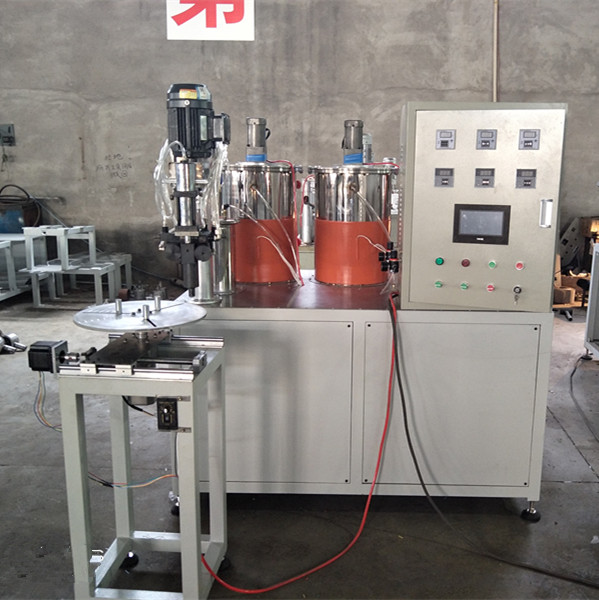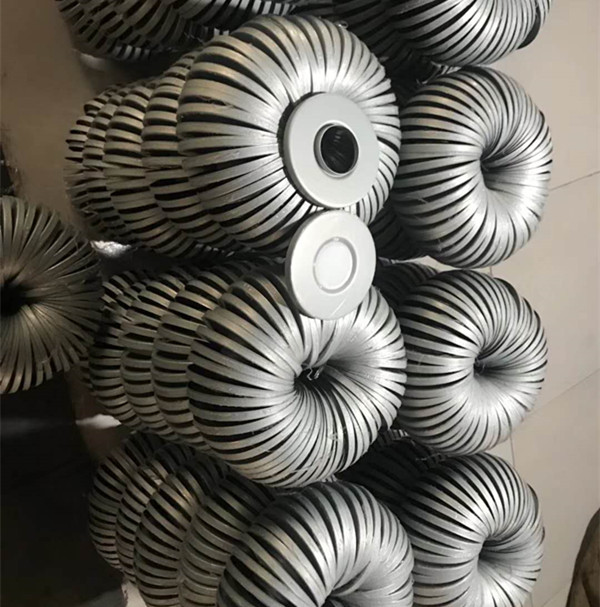When it comes to maintaining the purity of your drinking water, the right filters accessories make all the difference. While most people focus primarily on purchasing a high-quality water filter system, they often overlook the importance of the accessories that support, protect, and enhance the system’s performance. Whether you own a reverse osmosis unit, a countertop filter, or a whole-house purification system, the right filters accessories can extend the life of your setup, ensure better filtration efficiency, and improve the overall user experience.
Accessories include everything from O-rings and wrenches to filter housings, flow restrictors, tubing, and faucet adaptors. Without these vital components, even the most advanced filtration systems may fall short of delivering the best results. More than just add-ons, filters accessories are essential for consistent performance, ease of maintenance, and protection against contamination and leaks.
Beyond functionality, many accessories are specifically designed to support user comfort and customization. For instance, quick-connect fittings reduce the hassle of installation and changeouts, while pressure gauges help monitor filter health. Investing in quality filters accessories not only maximizes your filtration system’s potential but also saves you time and money in the long run.
Understanding What Are the 5 Types of Filters Used in Modern Systems
To appreciate the need for accessories and upgrades, it's crucial to understand what are the 5 types of filters commonly used in water purification systems. Each plays a unique role in ensuring your water is safe, clear, and great-tasting.
Sediment Filters – These are the first line of defense, removing dirt, sand, rust, and other large particles. They prevent larger debris from damaging the rest of your filtration system and keep it running efficiently.
Carbon Filters – Often activated carbon blocks or granules, these filters reduce chlorine, bad tastes, odors, and a range of organic compounds. They're essential for improving water flavor and safety.
Reverse Osmosis (RO) Membranes – The heart of RO systems, these semi-permeable membranes remove up to 99% of contaminants including lead, arsenic, nitrates, fluoride, and bacteria. They are effective at purifying water on a molecular level.
Ultraviolet (UV) Filters – These filters use UV light to kill harmful microorganisms. While they don’t remove particles or chemicals, they are vital for disinfection, especially in areas with known bacterial issues.
Ion Exchange Filters – Commonly found in water softeners, these filters reduce hardness by exchanging magnesium and calcium ions with sodium or potassium. They help protect plumbing and appliances from scale buildup.
Understanding what are the 5 types of filters is key to building a filtration system that addresses your specific needs. With the right combination and support from filters accessories, you can create a robust water purification setup tailored to your household or commercial requirements.
Why the RO Consumables Kit is a Must-Have for Every Household
Every reverse osmosis system user should be familiar with the RO consumables kit. This all-in-one package is designed to make maintenance easier, more efficient, and more reliable. Typically, an RO consumables kit includes replacement filters like sediment and carbon filters, an RO membrane, fittings, tubing, O-rings, and sometimes even sanitizer or TDS meters.
What makes the RO consumables kit essential is not just the convenience, but also the cost-efficiency. Buying individual components separately can be more expensive and time-consuming. A pre-assembled kit ensures compatibility, easy installation, and optimal system performance.
Moreover, timely replacement of consumables prevents system failure, water leakage, and bacterial growth. For example, sediment filters should typically be changed every 6–12 months, while RO membranes last up to two years depending on usage. A high-quality RO consumables kit comes with clear instructions, helping users stay on top of maintenance schedules without needing professional help.
Some kits are even upgraded with smart features like filter change indicators or app connectivity, making the experience more intuitive. Whether you’re a first-time RO owner or a long-time user, an RO consumables kit simplifies your life and ensures you always enjoy clean, safe, and delicious water.
Customizing Your Setup with Specialized ອຸປະກອນເສີມການກັ່ນຕອງ
While basic accessories are important, specialized filters accessories take your water purification system to the next level. Whether you're upgrading performance, enhancing aesthetics, or improving convenience, the right tools make it happen.
For instance, a pressure regulator ensures that your RO system isn’t overwhelmed by high water pressure, which can cause leaks or damage the membrane. Similarly, flow restrictors help maintain optimal pressure across the RO membrane, enhancing efficiency. Faucet diverter valves, fridge water line kits, and leak detectors are examples of accessories that cater to specific user needs.
Color-coded tubing and fittings help in organizing installations, reducing the risk of incorrect connections. Metal filter housings can add durability in industrial settings, while transparent housings offer visual cues for when it’s time to change a filter. For those with limited under-sink space, compact accessories like mini T-connectors or elbow fittings improve flexibility.
Don’t underestimate the value of upgraded filters accessories. Whether it's for a more aesthetic finish or better protection, these additions help you personalize your water system, ensuring it matches your lifestyle and expectations.
Pairing the Right RO Consumables Kit with the 5 Filter Types for Optimal Results
To maximize your system’s performance, it's essential to align the RO consumables kit with a full understanding of what are the 5 types of filters. The synergy between these two elements determines the longevity, reliability, and effectiveness of your entire setup.
An ideal RO consumables kit will include filters from all the five major categories, appropriately configured to your system’s stages. For instance, a 5-stage RO system might start with a sediment filter, followed by two carbon filters, then the RO membrane, and finally a post-carbon filter. Advanced systems may add UV or remineralization filters as optional stages.
Matching the right kit with your system’s specifications ensures that each stage works as intended. Skimping on quality or compatibility can lead to poor water quality, clogged filters, or even irreversible damage to your membrane.
Reputable brands often provide detailed descriptions of what each RO consumables kit includes and what systems it's compatible with. If you're unsure, consulting the manufacturer or checking user manuals can prevent errors and reduce guesswork. When you understand what are the 5 types of filters, you can make informed decisions and avoid common pitfalls that plague many users.
Whether you’re performing a scheduled maintenance or facing an unexpected issue, a well-chosen RO consumables kit saves the day, ensuring your water remains clean and your equipment lasts longer.
filters accessories FAQs
What is included in most standard RO consumables kits?
A typical RO consumables kit includes one or more sediment filters, carbon block filters, and a replacement RO membrane. Many kits also contain O-rings, faucet adaptors, TDS meters, tubing, and occasionally a filter wrench or sanitizer. The goal is to offer all necessary components for a full system refresh in one package.
How often should I replace the items in an RO consumables kit?
Replacement frequency depends on water quality and usage. Generally, sediment and carbon filters should be replaced every 6–12 months, while RO membranes last about 2–3 years. If your kit includes a UV lamp or remineralization filter, those may also require annual or biannual replacement. Always follow manufacturer recommendations.
Can I mix accessories from different brands when replacing filters accessories?
While some filters accessories are universally compatible, it's best to check size specifications, threading, and pressure ratings. Using accessories from the same brand as your system ensures better fit, performance, and warranty coverage. If mixing brands, verify compatibility to avoid leaks or system failures.
What are signs that I need to replace my filter or filters accessories?
Common indicators include a drop in water pressure, change in taste or odor, visible sediment, and leakages around housings. Some systems also feature indicator lights or TDS meters to signal when it’s time to replace a filter or accessory. Don’t ignore these signs, as delayed replacements can compromise water safety.
Why is it important to understand what are the 5 types of filters?
Knowing what are the 5 types of filters helps you build a filtration system tailored to your water conditions. Each type targets specific contaminants—sediment for particles, carbon for taste and odor, RO for heavy metals, UV for bacteria, and ion exchange for hardness. This knowledge allows you to select the right filters and accessories for effective purification.
Post time: ມ.ຖ.-18-2025

